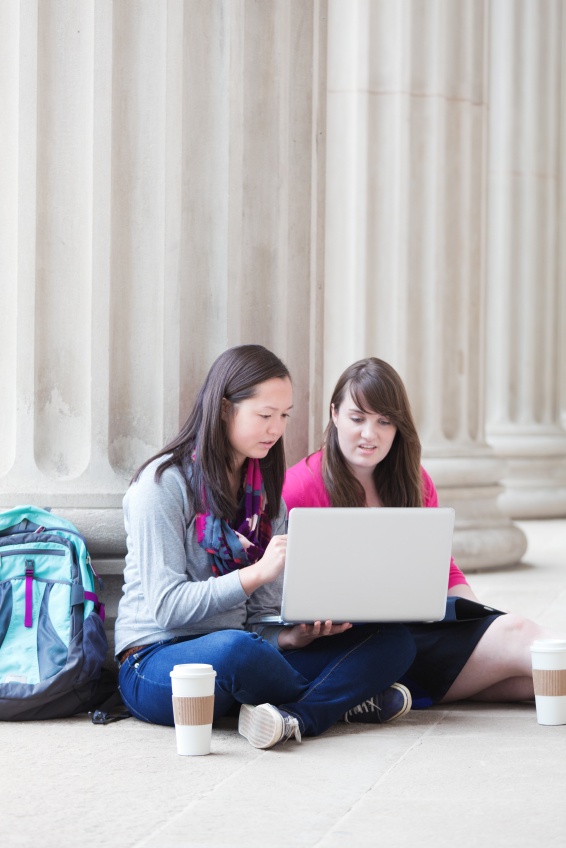Transforming Modern Lectures to an Active Learning Experience

Students at UNC’s Eshelman School of Pharmacy use classroom time for interactive engagement
Today, an article “Liberal Arts Colleges Must Jettison Antiquated Lectures to Stay Relevant,” that I co-wrote with John T. Casteen III, PhD, the former president of the University of Virginia was published in the Hechinger Report. In it, we discuss the role of the traditional lecture and whether it has a place in modern education. The lecture has come under considerable fire of late and it is often described as being irrelevant in the era of smartphones, tablets, online learning and short student attention spans.
But as Dr. Casteen and I point out in the article, there are faculty members who are embracing new methods of teaching and who are combining those methods with the latest classroom technology. The passive lecture format can be transformed into an active learning environment. This is an environment where students can participate in group projects in class, answer questions, surveys, polls, and even anonymously ask questions or inform their instructor whether or not they understand the concepts presented in class. All of this can be done in real-time and facilitates student engagement with course content and collaboration with their peers and teachers before and after class.
There is a growing body of research that supports the use of active learning methods. A study published in the Proceedings of the National Academy of Sciences by a team of researchers from the University of Washington and University of Maine showed that students who attended classes employing active learning methods scored on average 6 percent better on exams than their counterparts in lecture-only classrooms. Failure rates also decreased. Other studies have shown that attention lapses decrease when students are actively engaged in class.
In our article, we also highlight how Dr. Russel Mumper and Dr. Perry Samson have reimagined the modern lecture. They are using learner data to glean insights into student behavior in the classroom. Data such as this lets instructors optimize their classroom to improve outcomes. The result is a highly interactive and engaging learning environment that has replaced the traditional lecture format. These are just two examples of how great teaching intersects with technology. When effectively combined, faculty can occupy the very center of higher education’s technology revolution and that is exactly where they should be.
While this may come as a surprise to some, we believe there is no inherent conflict between technology in the classroom and the classroom professor. We believe the role of the instructor is the most important aspect of learning. Technology is there to extend and support instructors – not replace them. And active learning technology can give instructors more connections with their students. Such connections come at a time when teacher-student bonds are being challenged by larger class sizes, busy lives and schedules, and smaller budgets. In the end, not every class needs to be “active.” Schools can still benefit from changing some of their classes to an active learning model. Success can be built incrementally, and once demonstrated, this will encourage others to adopt new methods and technology.
We invite you to read our article. Will active learning methods save the lecture? We believe these methods can transform the lecture into a collaborative, interactive, and engaging experience. We’d love to hear your thoughts.


